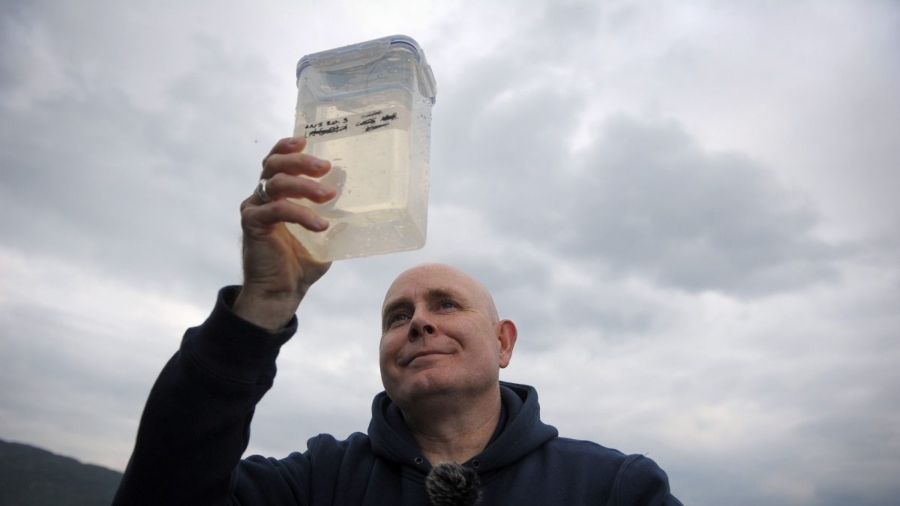A team of researchers from the New Zealand University of Otago has combed Loch Ness looking for traces of DNA from the elusive Loch Ness Monster (Nessie).
Professor Neil Gemmell, the team leader, said: “There have been over a thousand reported sightings of something in Loch Ness (to date) which have driven this notion of a monster being in the water,” according to the Daily Mail.
Any living being constantly casts off tiny particles of DNA-containing scales, feces, feathers, fur, skin, and urine, and so they do when roaming Loch Ness. Such particles can be used to identify a species with a near 100 percent accuracy.
Loch Ness PROOF? Scottish lake monster theory ‘remains plausible’, scientist warns https://t.co/KpTJPqPcn9
— Bulldog66 (@Bulldog665) August 22, 2019
The research team took about 250 water samples from different heights, widths, and depths of Loch Ness. The samples are then scrutinized, extracted and sequenced on traces of environmental DNA (eDNA).
It is a kind of environmental evidence, so to speak. The hope is to find traces of DNA that equate to circumstantial evidence of the giant beast—and what it’s true nature is.
Some 500 million sequences have now been analyzed and will be compared to existing DNA databases.
“From those sightings,” Gemmell said, “there are around four main explanations about what has been seen,” the Independent reported. “Our research essentially discounts most of those theories—however, one theory remains plausible.”
However, this plausible theory still remains shrouded in mystery and folklore. Maybe with the publication of the report in September, the long-standing controversy over ‘Nessie’ will be settled.
“There’s been an ongoing tension between wanting to tell people what we’ve found and wanting to maximize the vehicle through which we tell them,” Professor Gemmell explained to inews.
One theory about the Loch Ness Monster remains ‘plausible’, claims scientist trawling the lake for DNA https://t.co/hEFqFaJdQZ
— Daily Mail Online (@MailOnline) August 22, 2019
“I think a TV documentary would’ve been a wonderful way to document the search and what we found, and put it into the context of other studies of Loch Ness,” he added. However, so far, the team has failed to find a production team to do the filming.
‘We’re delighted with the amount of interest the project has generated in the science and, monster or not, we are going to understand Loch Ness, and the life in it, in a new way.’
On June 3, The Epoch Times already reported about professor Gemmell’s study into the Loch Ness mystery.
Scientist Finds ‘Surprising’ Results After Testing DNA From Loch Ness Waters
A scientific study of the Loch Ness in Scotland has found that its famed monster, Nessie, ‘might’ be real, according to reports.
Professor Neil Gemmell leads a team from the University of Otago in New Zealand. He said they took many water samples, which contained DNA from the animals that have lived in Loch Ness.

“We’ve tested each one of the main monster hypotheses, and three of them we can probably say aren’t right, and one might be,” said Gemmell. The results were “surprising,” he told Yahoo UK.
He told Yahoo: “Is there anything deeply mysterious? It depends what you believe. Is there anything startling? There are a few things that are a bit surprising. What we’ll have achieved is what we set out to do, which is document the biodiversity of Loch Ness in June 2018 in some level of detail.”
The inews report noted that the team had found about 15 different species of fish and 3,000 species of bacteria.
As of June 2019, there have been six alleged Nessie sightings in the Loch Ness, reported the Daily Mail.
Epoch Times reporter Jack Phillips contributed to this report


